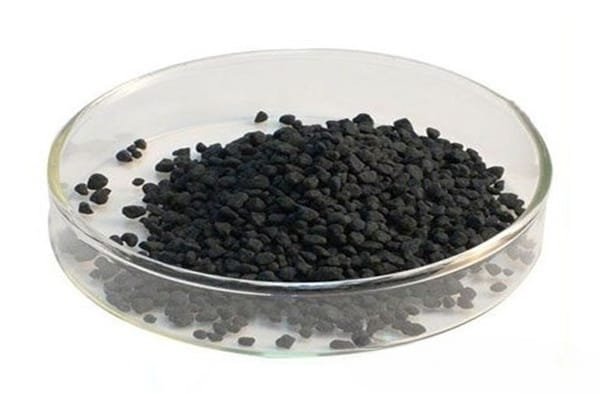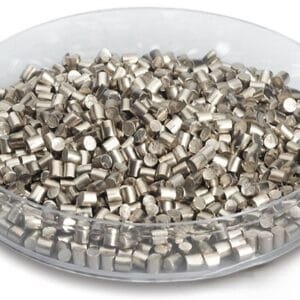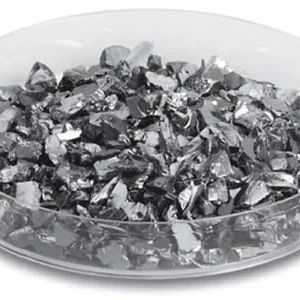Tungsten diselenide (WSe2) is a high-purity ceramic evaporation material designed for precision in deposition processes. This material plays a crucial role in ensuring the quality of deposited films, making it essential for various high-tech applications. At TFM, we offer tungsten diselenide with purity levels reaching up to 99.9995%, adhering to rigorous quality assurance processes to ensure exceptional product reliability.
Specifications of Tungsten Diselenide Evaporation Materials
| Material Type | Tungsten diselenide |
| Symbol | WSe2 |
| Appearance/Color | Grey to black solid |
| Melting Point | > 1200 °C |
| Density | 9.32 g/cm3 |
| Purity | 99.9% ~ 99.999% |
| Shape | Powder/ Granule/ Custom-made |
Applications of Tungsten Diselenide Evaporation Materials
Tungsten diselenide is widely used in various deposition techniques including:
- Semiconductor Deposition: Critical for manufacturing semiconductor components.
- Chemical Vapor Deposition (CVD): Utilized in creating thin films with precise properties.
- Physical Vapor Deposition (PVD): Employed in coating processes to enhance material properties.
Additionally, it is used in optics for:
- Wear Protection: To enhance the durability of optical components.
- Decorative Coatings: For aesthetic applications in various industries.
- Displays: In technologies requiring high-quality visual outputs.
Packaging and Handling
Our tungsten diselenide materials are meticulously packed to prevent any damage during storage and transport, ensuring they arrive in optimal condition. Each package is designed to maintain the integrity and quality of the material.
Contact Us
TFM is dedicated to producing high-quality evaporation materials suitable for a range of applications including semiconductors, CVD, PVD, and optical technologies. We offer a wide array of materials, including pure metals, alloys, and various ceramics.
For the latest pricing information or inquiries about materials not listed, please reach out to us directly. Our team is ready to assist you with any questions or special requests you may have.


 MSDS File
MSDS File



Reviews
There are no reviews yet.